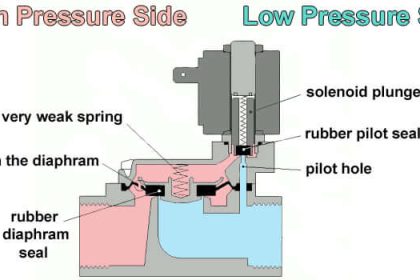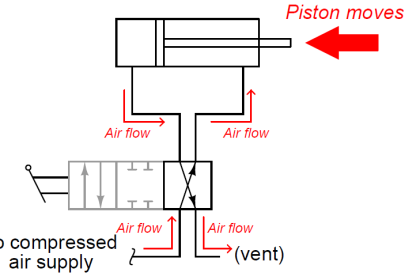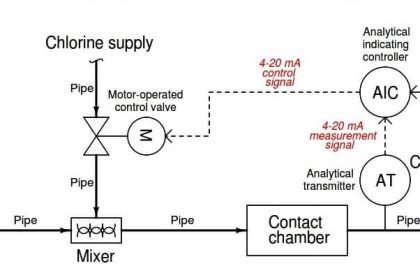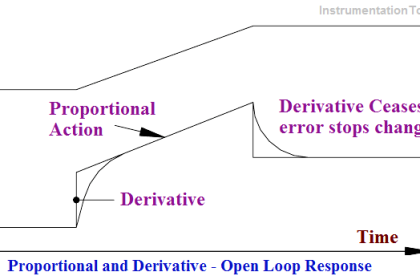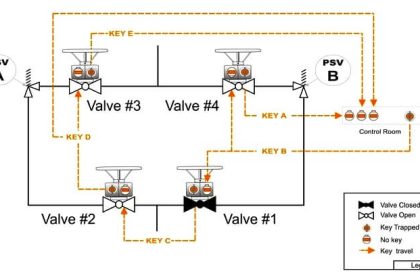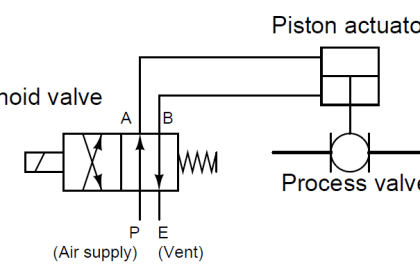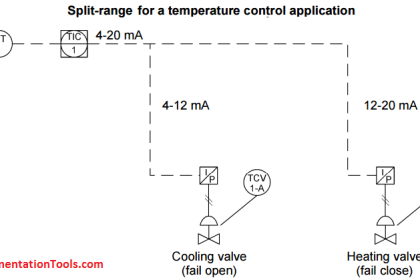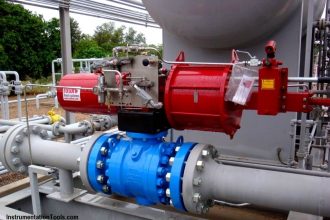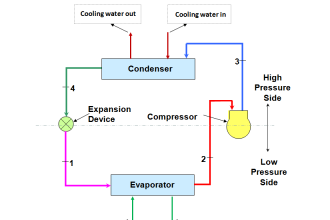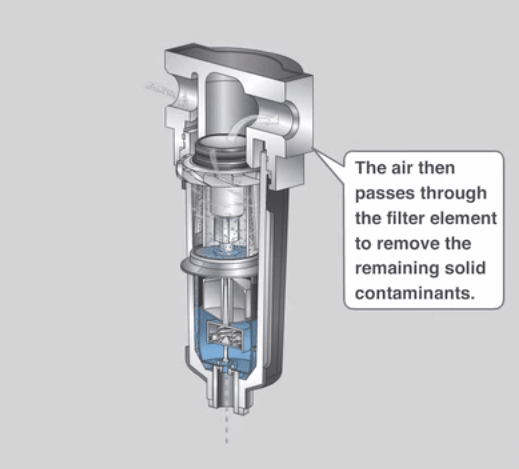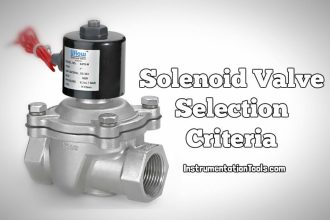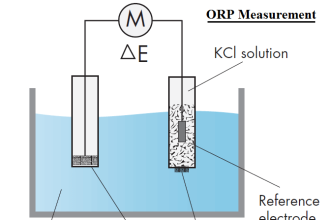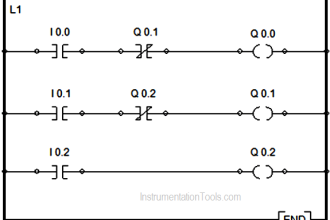Explain how all valve positioners essentially act as cascade control systems in a loop, and why valve positioners generally improve control quality as a result.
Valve Positioners
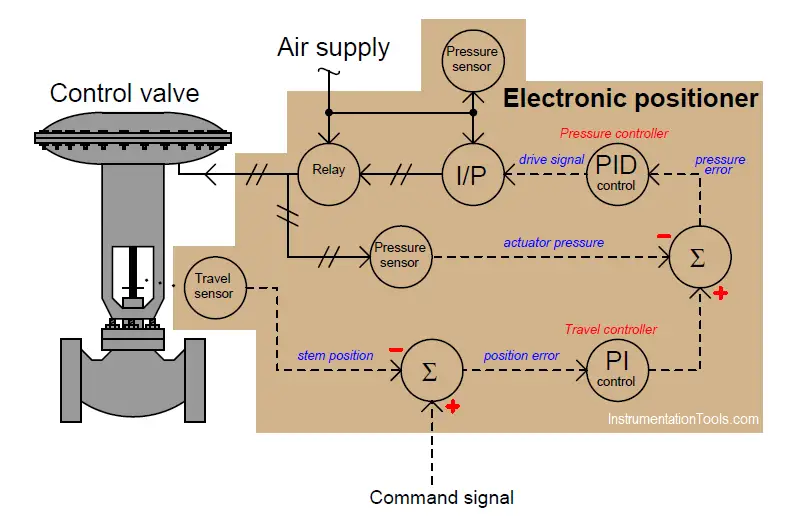
Furthermore, examine this block diagram of an electronic (“smart”) valve positioner and comment on its own internal “control strategy” for achieving optimum positioning:
Answer:
Electronic valve positioners act as controllers of a sort by sensing stem position (PV), comparing that PV against the command value coming from the loop controller (the positioner’s SP), and finally generating its own pneumatic output signal to drive the actuator and move the valve to where it should be.
A potential problem with electronic positioners is the potential to mis-tune its internal control(lers), resulting in oscillations if the internal control is too aggressive and sluggishness if the internal control is not aggressive enough.
Read Next:
- Pneumatic Valve Positioner
- Control Valves Pre-Commissioning
- How to Select a Control Valve?
- Control Valve Calibration
- Types of Valve Characteristics
Questions for you:
1. Comment on the “+” and “−” symbols shown in this diagram. Based on these symbols, determine the control action (direct or reverse) for each of the controllers.
2. Certainly, modern “smart” valve positioners promise superior control valve performance than mechanical valve positioners did. Can you think of any potential disadvantages of a smart valve positioner, especially after examining the block diagram in detail?
3. How exactly does a “smart” positioner sense the valve stem’s position?
4. For those who have studied control valve positioners, identify some of the special features offered by a “smart” positioner.
5. Predict the effect(s) of the nozzle plugging inside the positioner’s relay.
6. Predict the effect(s) of the travel sensor failing with a 0% (fully-closed) signal.
7. Predict the effect(s) of the pressure sensor failing with a 100% (full-pressure) signal.
Join the Discussion! Share your answers with us through below comments section.
